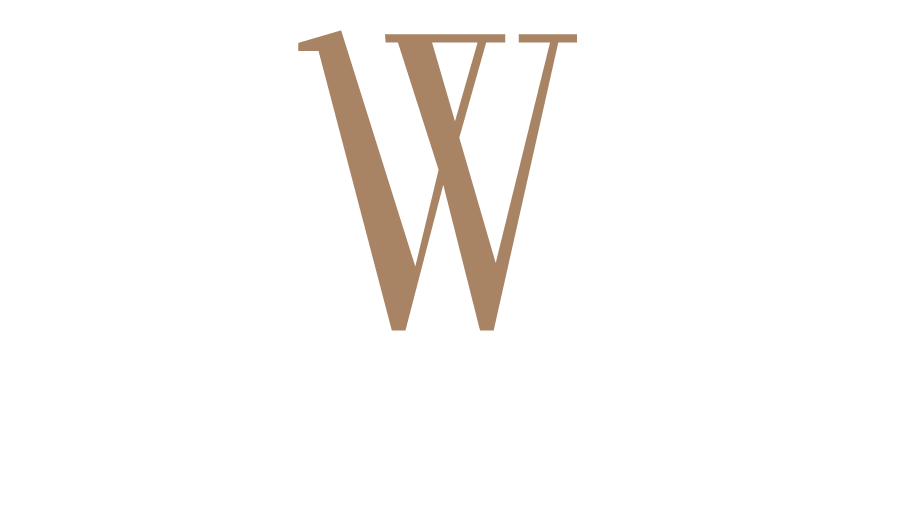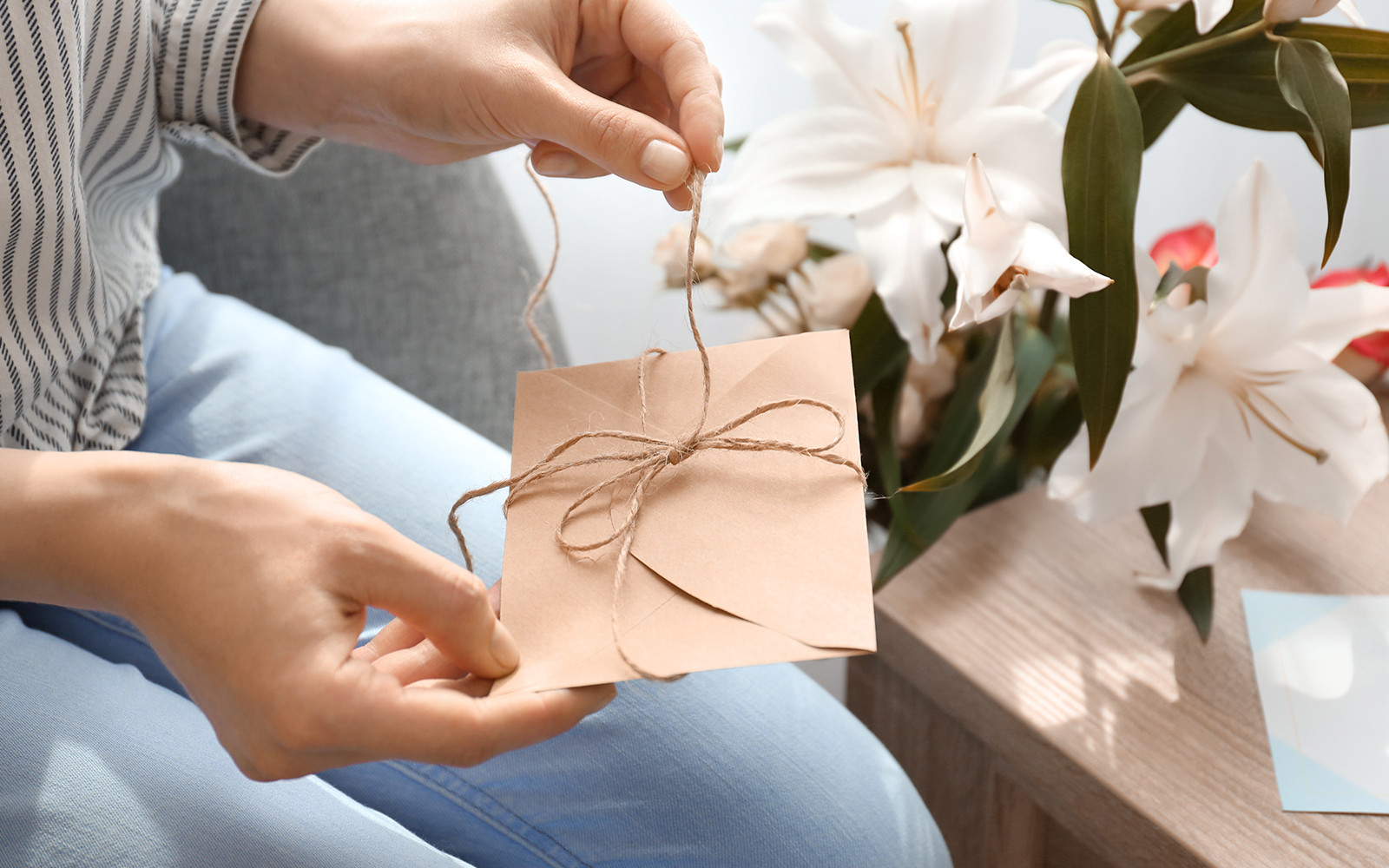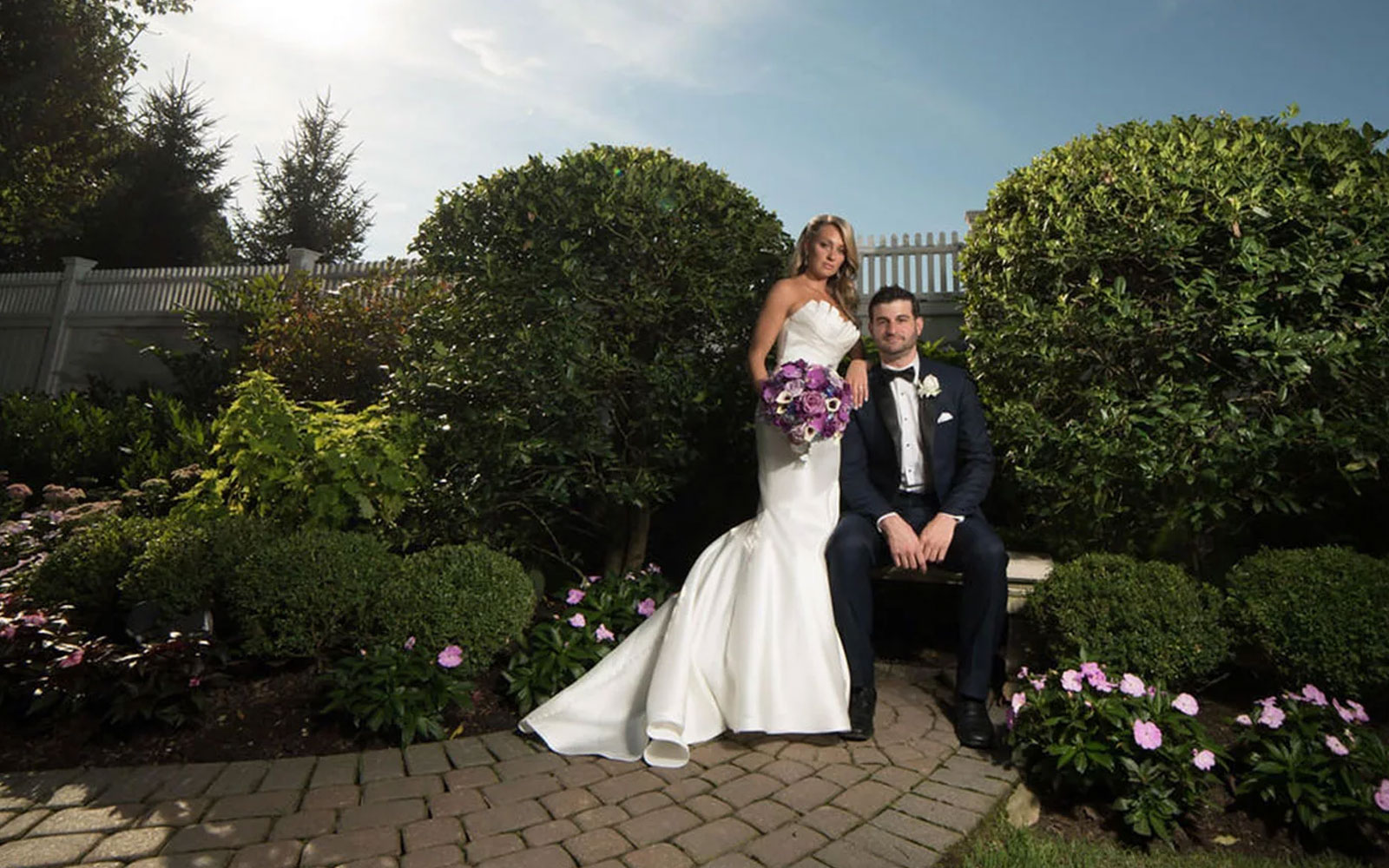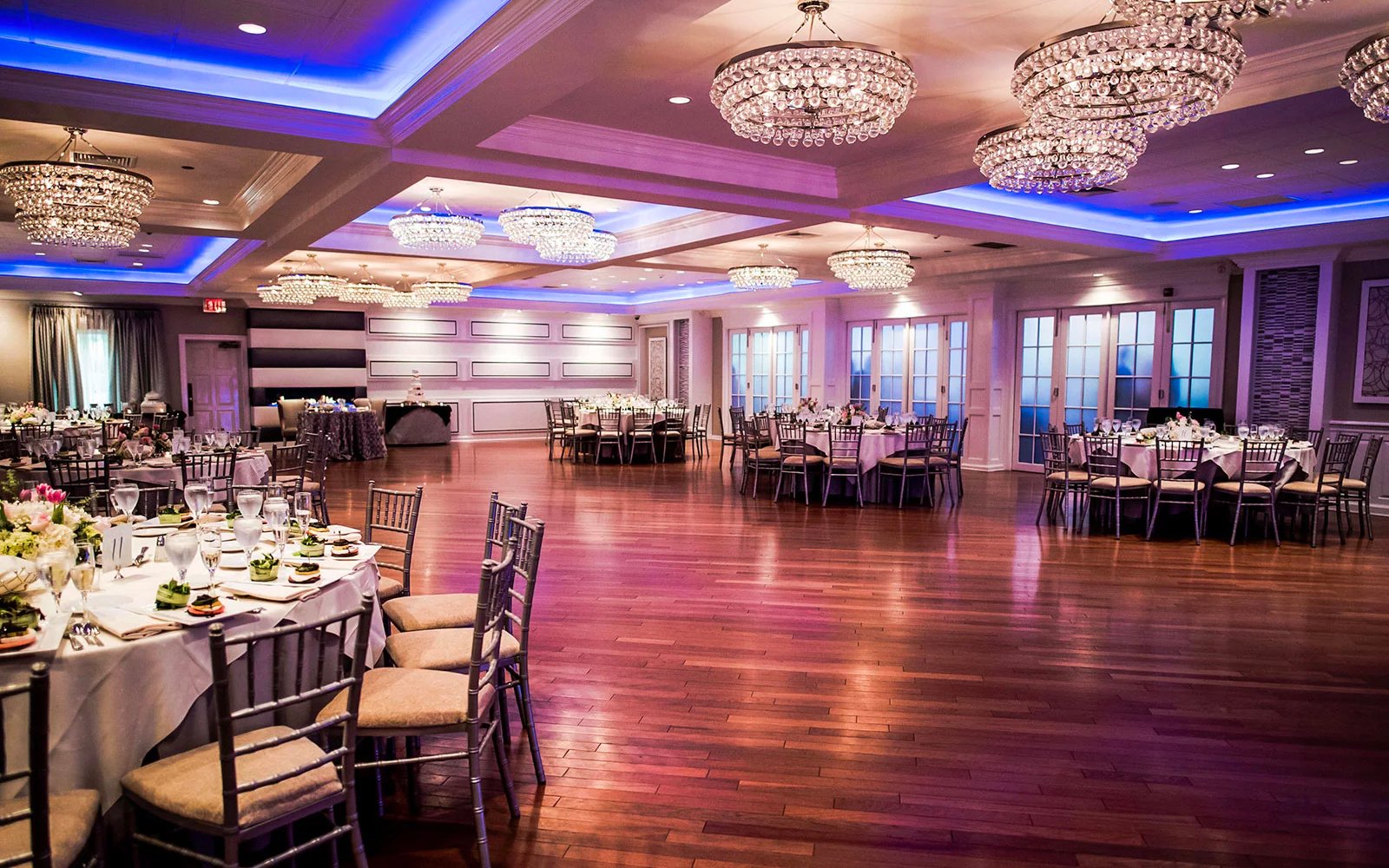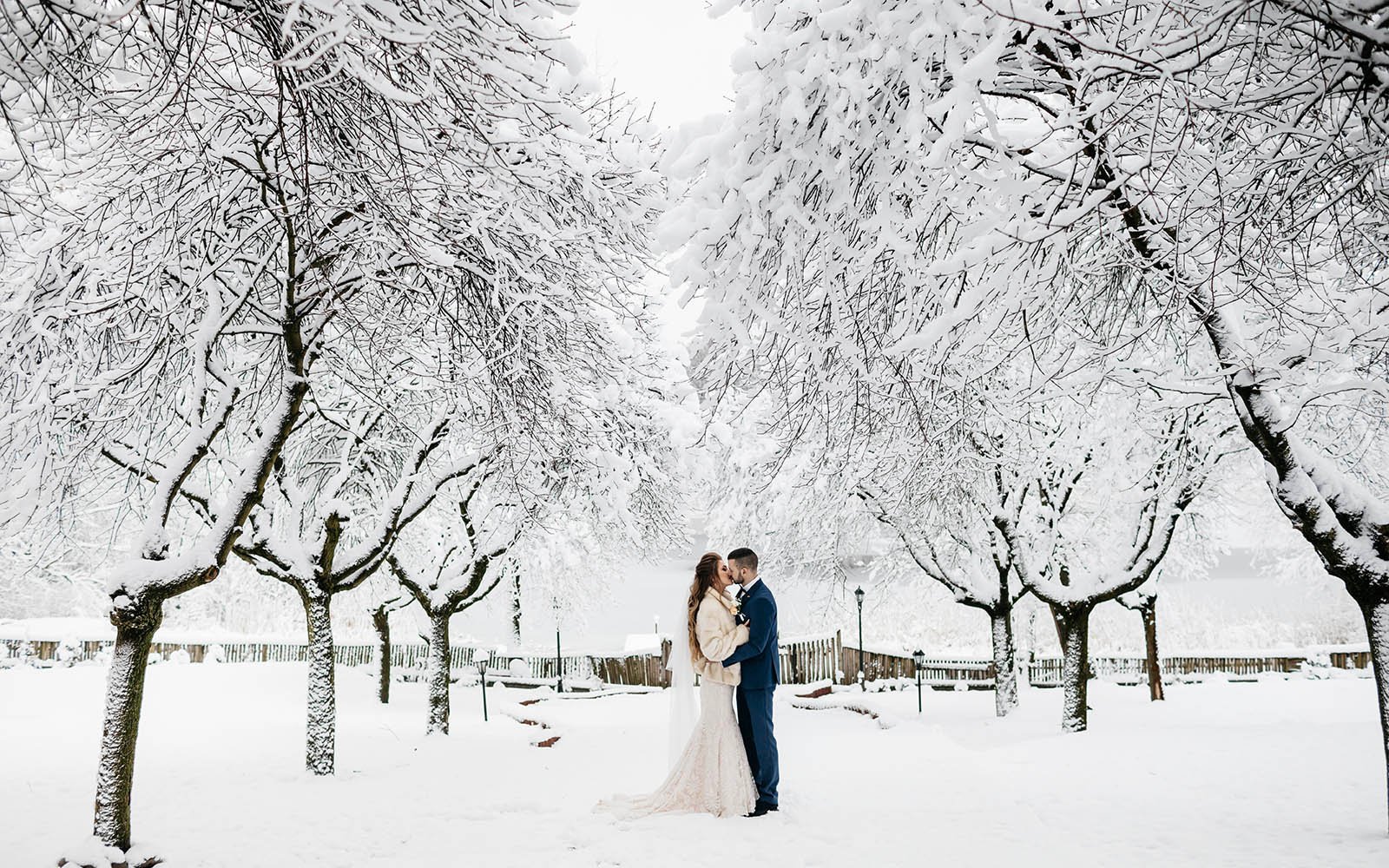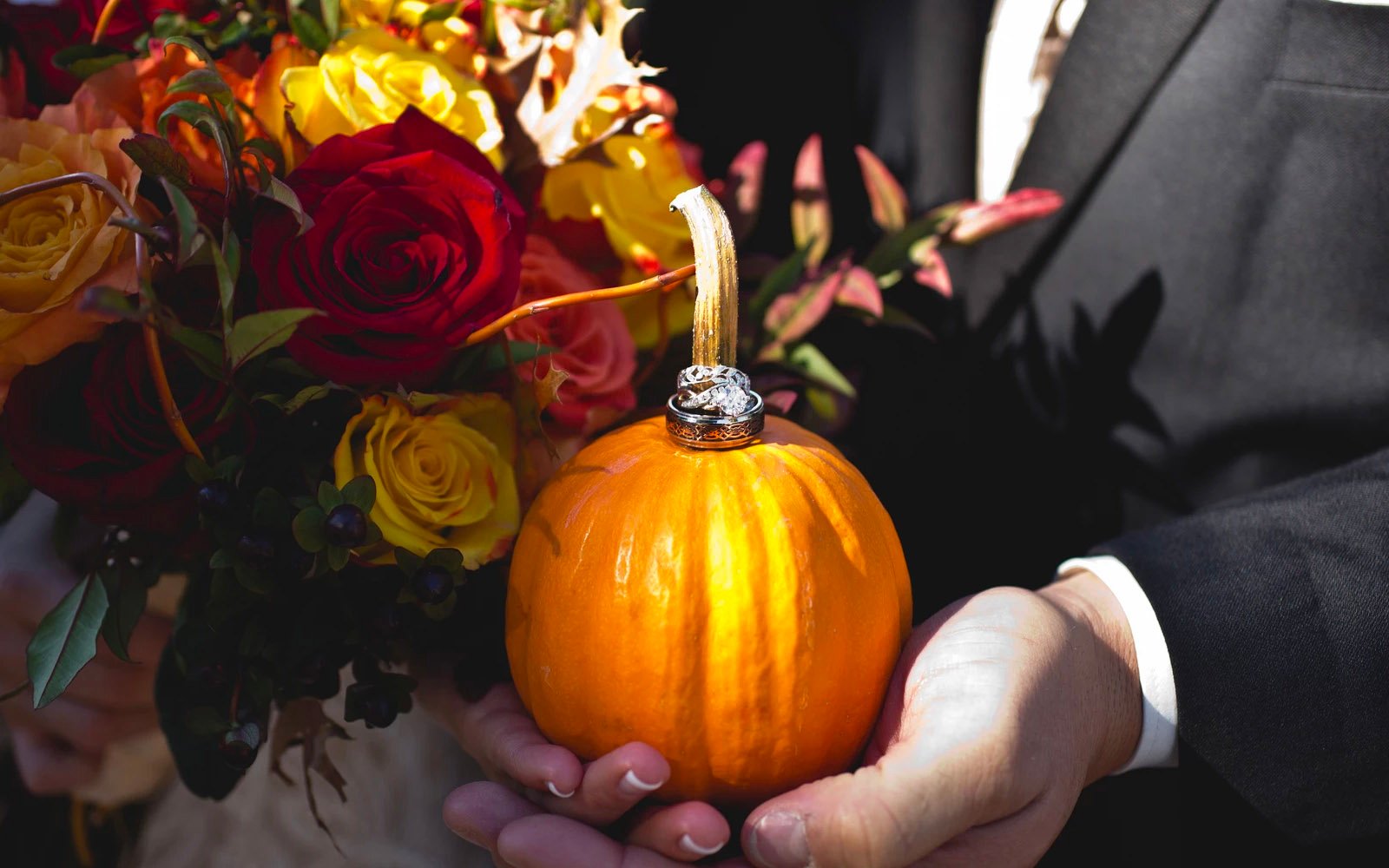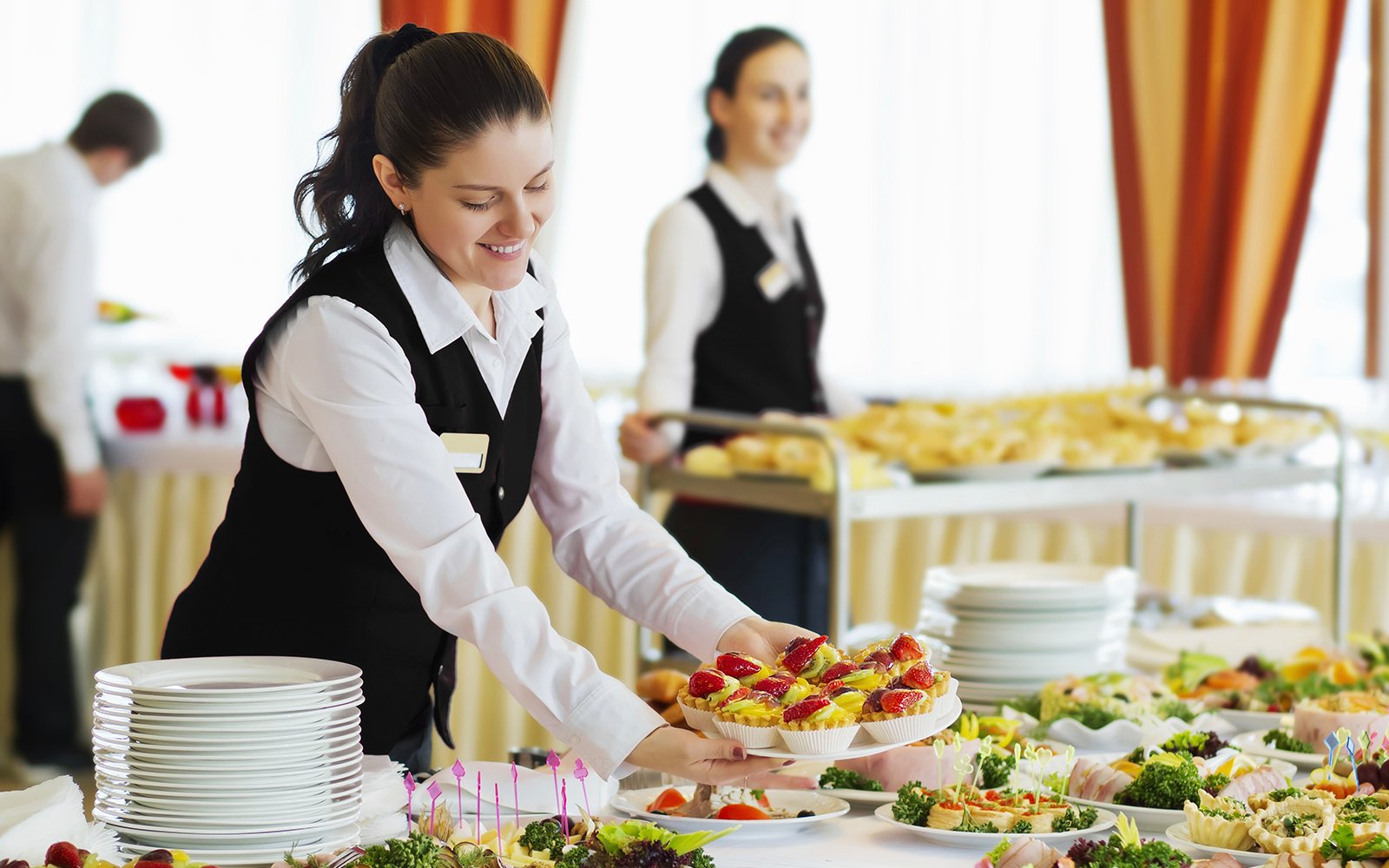Get educated and know the differences between the various styles for your guests.
Wedding invitations are the window into your wedding theme, deliberately designed and carefully worded to convey a curated message to your guests regarding your style, attitude, and expectations.
From the printing technique to the font you choose to the cardstock of the invitation itself, it all points to the type of wedding you’ve been planning all along. Wedding invitation design is a multi-layered project, and one of the first tasks you should check off your wedding planning to-do list. But before hiring someone to design your invitation—or asking your graphic designer cousin to do it for free—you must first figure out how you want to present this message to your guests, and how much you want to spend.
From the printing technique to the font you choose to the cardstock of the invitation itself, it all points to the type of wedding you’ve been planning all along.
Here at The Watermill, our in-house event coordinator Samantha sells invitations at a discount to our customers. She handles everything from selection and ordering, to typesetting, proofs, and delivery. Find out more about Samantha, here.
But do you want letterpress? A digitally printed style? Thermology? What does that even mean? Let’s learn more below.-
Letterpress
- Letterpress involves text or images on a raised surface and harkens back to the Gutenberg style of moveable type way back in the 15th century. The letters are indented on the front and slightly raised on the back, adding texture to your invitations that guests will not likely be able to resist running their fingers across. And that texture also inlays the letterpress style with a whole lot of character, giving invitees a reason to keep the invites stuck on their refrigerator long before the wedding begins—and even months, or years, after the conclusion of your wedding.
-
Engraving
- As one of the more expensive approaches to wedding invite designs, engraving is often reserved for extravagant affairs, with gold lettering written in script. The wording is also typically the height of formal, with the parents’ names being used to “request the luxury of your attendance to the marriage of their daughter so-and-so to (groom’s name), son of Mr. and Mrs. whosits.” The invitation often then goes on to spell out the date, year, and time of ceremony. Thermography is a less expensive option that mimics engraving style.
-
Lithography (Offset)
- This process sees plate impressions made to a rubber stamp, with that image or lettering transferred to paper. It’s like letterpress, but there is no texture to the finished product, but rather it is flat and smooth. Since it is often the most budget-friendly option, offset printing is typically the most popular option for wedding invitations—which makes sense since weddings require dozens—if not hundreds—of copies. But the popularity goes beyond frugality, as lithography expands your options across the color palette.
-
Foil Stamping
- Another usually expensive option in line with engraving, foil stamping brings heat, pressure, and metallic paper together to create shiny designs, graphics, and lettering on wedding invitations. One of the most enticing reasons to use foil stamping is all of the striking metallic options. From gold to copper to silver and even rose gold—there is a regal opulence associated with foil stamping that elevates invitations into the realm of royalty.
-
Digital Printing
- Here’s where being frugal truly comes into play. But don’t mistake trying to save a few bucks with being cheap, as the high quality of modern home digital printers has enhanced the overall caliber of digitally printed wedding invitations. From ensuring a clear, flat image to the ability to use thicker paper stock, digital printing is an efficient and fast option for brides who want the vibrance associated with offset printing, but who would prefer to do it themselves—or to ask the aforementioned cousin to do it for them.
